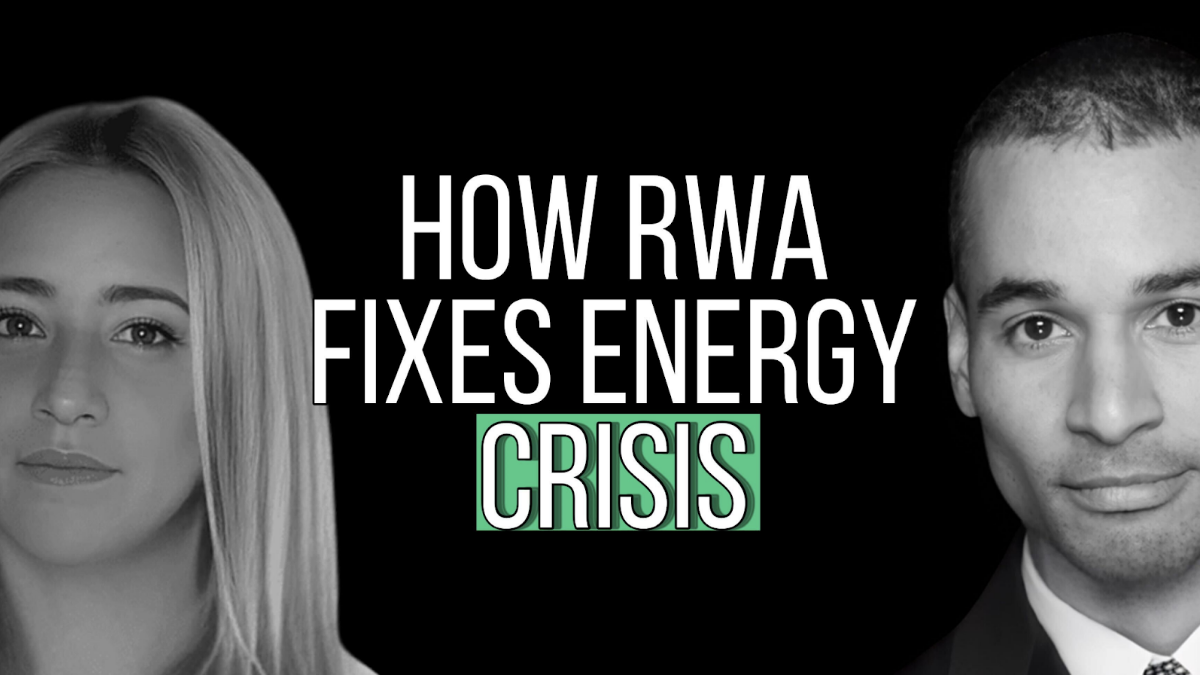Description: Mark Richardson of Bancor explores how automated market makers (AMMs) evolved, why traditional DeFi needs a rethink, and how Bancor’s Carbon gives users full control over liquidity strategies.
Introduction: At the Gamma Prime Tokenization Summit, we spoke with Mark Richardson of Bancor about the birth of AMMs, the importance of programmable liquidity, and how Bancor’s Carbon protocol is designed to support tokenized assets and institutional participation.
Interview:
Korath (Gamma Prime): Excited to welcome Mark Richardson from Bancor — one of the early innovators in DeFi and AMMs. Mark, let’s start with the roots. What was Bancor’s original vision?
Mark Richardson (Bancor): Bancor created the first Constant Product AMM — a type of decentralized exchange algorithm — back in 2017. The core idea was to let users create markets without needing centralized market makers. It came from recognizing that just like content became user-generated with platforms like YouTube, currencies had become user-generated with Bitcoin. But they needed liquidity — and Bancor solved that.
Korath (Gamma Prime): So the model allowed new tokens to become liquid without external help?
Mark Richardson (Bancor): Exactly. You could launch a token and bootstrap liquidity instantly. That was revolutionary. It enabled DeFi before we even called it DeFi. But while this constant product model was elegant, it wasn’t perfect.
Korath (Gamma Prime): What were the limitations?
Mark Richardson (Bancor): Capital inefficiency and high slippage. Since prices are calculated continuously for each unit traded, larger trades lead to more slippage. The pricing curve is elegant mathematically, but not trader-friendly at scale.
Korath (Gamma Prime): So how did Bancor address that?
Mark Richardson (Bancor): In 2020, we introduced amplified liquidity — which compresses liquidity into specific price ranges. That evolved into what the space now knows as “concentrated liquidity.” It improves efficiency and mimics how traditional order books work, but still keeps the DeFi benefits of permissionless access and composability.
Korath (Gamma Prime): And now you’ve taken it further with Carbon?
Mark Richardson (Bancor): Yes. Carbon is a new generation AMM that allows users to define bid and ask prices independently. In other words, you can say: “I’ll buy ETH between $1800–$2000, but I won’t sell it unless it hits $4000.” It gives users full control over their strategy — a dynamic, automated way to “buy low, sell high.”
Korath (Gamma Prime): That’s powerful — especially for traders and structured strategies.
Mark Richardson (Bancor): Absolutely. What’s important is that the protocol no longer dictates how liquidity works — the user does. This is critical when we talk about integrating real-world assets (RWAs). You need systems that let users define how value is exchanged, not rigid systems designed only for crypto-native tokens.
Korath (Gamma Prime): Let’s go there — RWAs. What’s Bancor’s take on them?
Mark Richardson (Bancor): Real-world assets are coming. From gold to carbon credits to energy markets, all of these have unique market behaviors. Current DEXs don’t let you replicate those dynamics. They assume everything trades like a meme coin. But RWAs require nuanced pricing, spreads, premiums — all the elements traditional finance expects.
Korath (Gamma Prime): So DeFi needs to learn from TradFi?
Mark Richardson (Bancor): In some ways, yes. We don’t need to replicate it, but we do need to support its complexity. For example, if you’re trading tokenized gold, you need to account for storage, insurance, spot pricing, etc. Our tools — like Carbon — are designed with that flexibility in mind.
Korath (Gamma Prime): What about trust? How do we ensure that the tokenized asset is actually backed?
Mark Richardson (Bancor): That’s where oracles come in. Blockchains don’t natively know anything about the real world. So you need external data sources — oracles — to verify prices, custody, delivery. If your oracle is flawed, your tokenized asset is flawed. That’s why transparency and strong standards matter.
Korath (Gamma Prime): Sounds like a tech-regulation hybrid challenge.
Mark Richardson (Bancor): Exactly. It’s not just smart contracts — it’s compliance, legal structures, and auditability. And sadly, DeFi often over-indexes on hype and under-invests in clarity. We need protocols to prioritize disclosures — not just marketing decks.
Korath (Gamma Prime): You mentioned earlier that DeFi has become more “VC-pitch” than protocol paper.
Mark Richardson (Bancor): Yes. Back in 2019–2020, whitepapers had depth. Now, many projects opt for flashy decks with little detail. That’s a disservice. If we want to onboard institutional capital, we need standards — even peer-reviewed frameworks for describing protocols and risk.
Korath (Gamma Prime): So what’s next for Bancor?
Mark Richardson (Bancor): We’re doubling down on programmable liquidity. We’re building infrastructure that adapts to what users — whether individuals or institutions — actually need. That means more tools like Carbon, and more focus on cross-chain, compliance-friendly integrations.
Conclusion: From inventing AMMs to enabling customizable liquidity strategies, Bancor continues to shape DeFi’s next phase. With real-world assets entering the ecosystem, programmable liquidity could be the bridge that makes decentralized markets truly practical for everyone.



